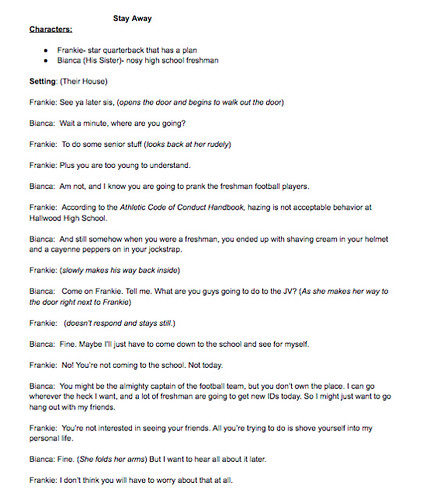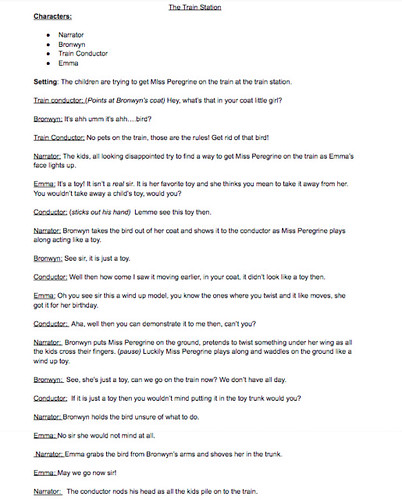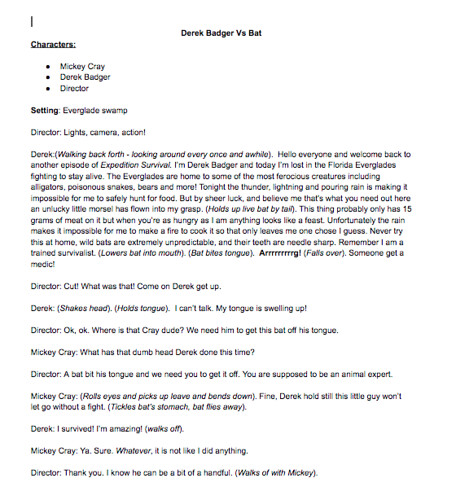 (This is for the Slice of Life challenge, hosted by Two Writing Teachers. We write on Tuesdays about the small moments in the larger perspective … or is that the larger perspective in the smaller moments? You write, too.)
(This is for the Slice of Life challenge, hosted by Two Writing Teachers. We write on Tuesdays about the small moments in the larger perspective … or is that the larger perspective in the smaller moments? You write, too.)
It was hard to miss the sounds of laughter, engagement and collaboration in the classroom yesterday. It was one of those small moments where you, the teacher, silently give yourself a high-five because a new lesson idea seemed to work out almost exactly as you thought it would. Not every new idea for the classroom unfolds as you think it might.
Celebrate success, right?
Here’s what we were doing. We are in the middle of a extended Independent Reading unit, where students have choice in reading and I give them a block of time to read during nearly every school day. I’ve been pretty strict with myself on this allocation of reading time, knowing that choice and reading is key to literacy development.

Every now and then we do different reflective reading activities — they have an online reading journal that they access once a week or so to write about characters, and setting, and more. But I remembered a lesson from a long-lost unit on writing theater plays, and so I dug out some old resources and found what I was looking for and adapted it.
Students worked to choose an important “scene” from the novel they are reading and then become a scriptwriter, reworking the scene into a formatted play skit. I have them freedom to leave out what didn’t work, add in what is needed, but stay true to characters and scene. They really loved this writing assignment, and many had never written in a script format before, so it was lots of mini lessons on formatting.
Then, when everyone had scenes done (note: the writing took longer than I expected, and lasted parts of a few class periods over a few days), I put them into small groups, where each reader/scriptwriter shared their books and their scenes, by taking on parts in a read-aloud activity. The negotiations (which parts shall we read?), the collaboration (“Should I have an accent?”) and the literacy moments (novels coming to life through scripts) were all interesting to watch unfold.
Students in each group read one script after another, and then each group chose one script to perform/read/share to the rest of the class (more negotiations). In this way, every student was exposed to at least three to four new stories from novels, which maybe … just maybe … might spark their interest as a reader.
All day, in every class, this activity went relatively smooth and I realized (again) how much my students just love to read plays, and to do it in groups, and that the opportunity to write a skit for others was truly a motivational writing experience.
Yahoo!
Peace (telling stories about listening to stories),
Kevin




They also like improvisation. I do a writing exercise for my Intro to LIt class where, as one option, I ask my students to take an improvisational scene (usually a setting with two characters that have opposing motivations, you can get books with these in them) and write a short, one-minute play. Surprising how much they like it. This medium is very much alive to them, the so-called “short attention span theater” generation.
Antispamispitoonery: as slogan. OK. I did it. I was so tired of donating blood and plasma. The company with the profane name—A**Slogan. All I can say is that their ads do get people’s attention, I just wish I didn’t have to expose myself in the winter like this. Sigh. It pays the bills and it helps my social credit score.
Yes!